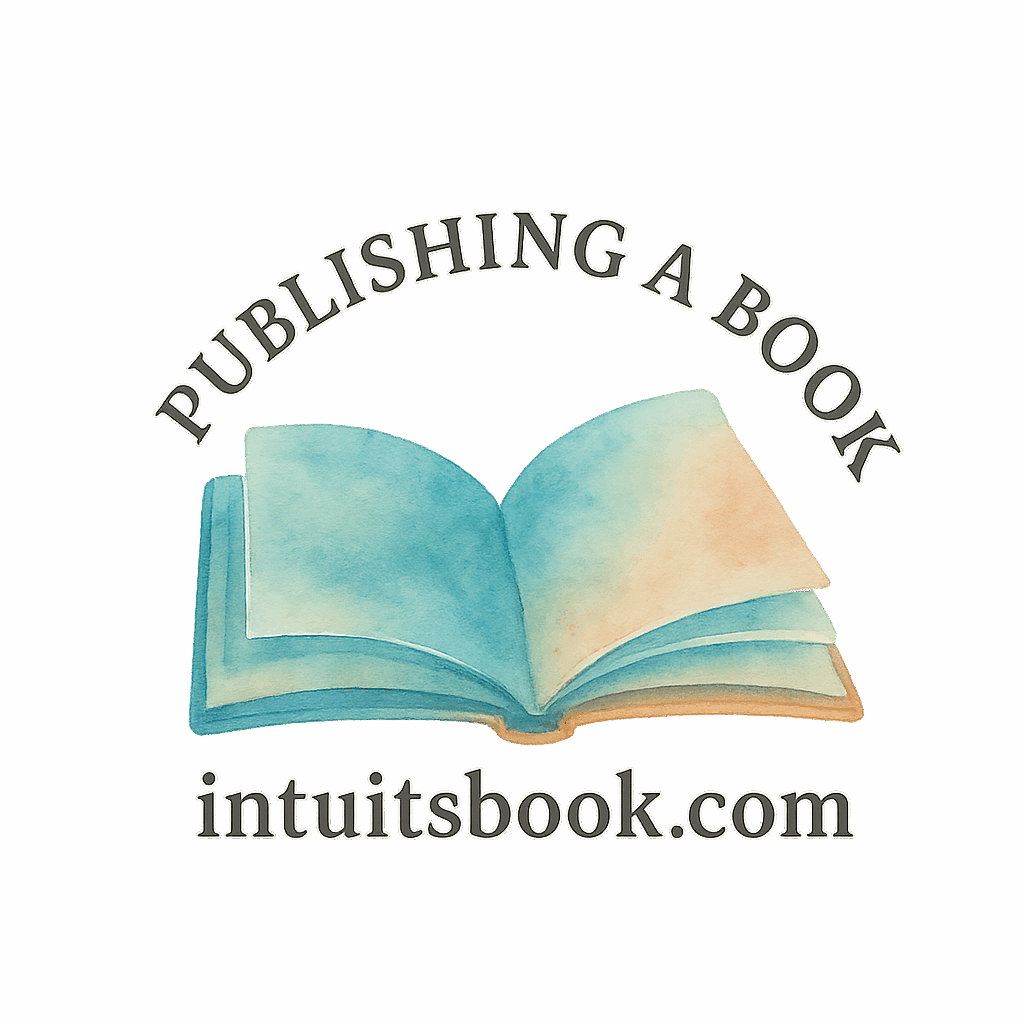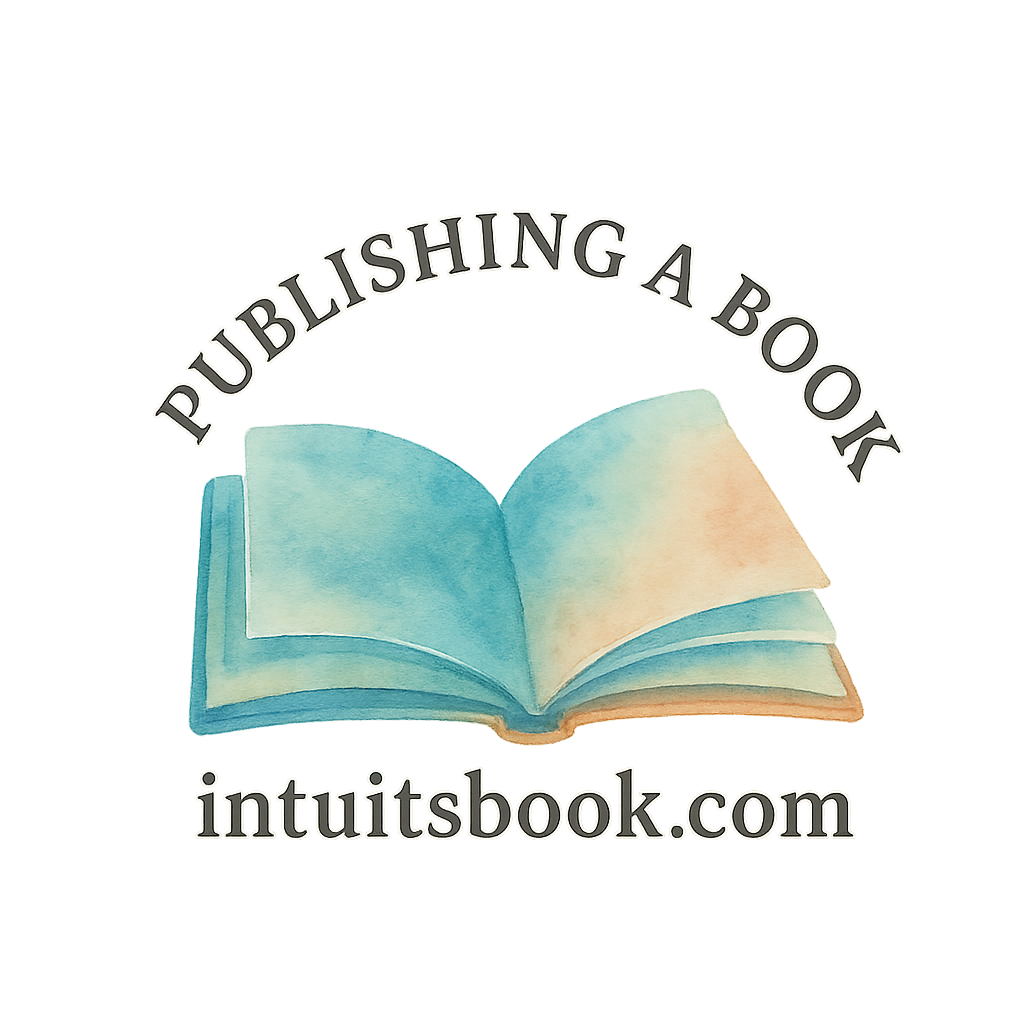Introduction
So, you’ve finished writing your book—congrats! 🎉 Now comes the big question: How will you make money from it? That’s where book business models come into play, especially for indie authors who are in full control of their creative careers. Whether you’re a newbie or a seasoned author looking for new strategies, understanding your options can be the key to a thriving book business.
Let’s dive into 6 book business models for indie authors that will help you turn your writing into a sustainable income stream.
💡 P.S. Don’t forget to explore detailed guides and tips on self-publishing, author career building, and marketing at Intuitsbook.com.
1. The Self-Publishing Model
What Is Self-Publishing?
Self-publishing puts you in the driver’s seat. No gatekeepers. No rejections. You upload your manuscript to platforms like Amazon KDP, IngramSpark, or Draft2Digital, and boom—your book is live.
This is the go-to route for many indie authors because of the total creative control and higher royalty rates.
Why It Works for Indie Authors
Self-publishing is perfect for:
- Fast releases
- Niche markets
- Full ownership
- Direct-to-reader marketing
It’s also easier than ever, thanks to tools and platforms designed specifically for independent authors.
Pros and Cons
Pros:
- Up to 70% royalties
- Control over pricing, cover design, and content
- Fast publishing time
Cons:
- No upfront advance
- Marketing is 100% on you
- Formatting can be tricky
Best Tools for Self-Publishing
Some game-changers include:
- Scrivener – For organizing your manuscript
- Reedsy – For finding editors and cover designers
- BookFunnel – For distributing advance reader copies
📚 Dive deeper into this path at Self-Publishing.
2. The Hybrid Publishing Model
Understanding Hybrid Publishing
Hybrid publishing blends traditional and self-publishing. You pay a fee or split royalties with the publisher, but you still retain more control than traditional publishing.
When It Makes Sense
This model is great if you:
- Want professional publishing quality
- Need distribution support
- Prefer not to manage every little detail
Costs and Contracts
Hybrid publishers vary—some charge upfront, others work on royalty-sharing models. Always read the contract carefully!
Author’s Role in Marketing
Even with hybrid publishers, marketing is still your job. But they may help you with:
- Press releases
- Bookstore placement
- Professional cover design
Explore hybrid vs. traditional comparisons on Traditional Publishing and learn about helpful Publishing Hacks.

3. The Traditional Publishing Route
Why Some Indie Authors Still Go Traditional
Traditional publishing offers prestige, wider distribution, and potential for big media exposure. It can still be a goal—even for indie authors who started off solo.
How to Query Publishers
You’ll need:
- A killer query letter
- A strong book proposal (especially for nonfiction)
- Patience—lots of it
Check out Query Tips to master this process.
Traditional vs. Indie Royalties
Traditional authors get around 10-15% royalties, often after earning out an advance. Indie authors can earn up to 70%, but must fund all publishing aspects themselves.
📎 Learn more from Book Publishers and Author Education.
4. The Subscription-Based Model
Platforms Like Patreon & Substack
This model is all about creating ongoing value for a niche audience. Use platforms like:
- Patreon – Offer exclusive chapters, live Q&As, and behind-the-scenes
- Substack – Deliver serialized stories or author newsletters
Creating Exclusive Content
You can offer:
- Bonus scenes
- First-look access
- Author commentary
- Monthly writing workshops
Building a Reader Community
This model builds loyalty and recurring income. It also allows direct interaction with fans.
Start building your fanbase with tips on Writing Tips and Book Promotion.
5. Book as a Funnel (Back-End Model)
Turning Books into Business Leads
Your book can be your ultimate marketing tool—a lead magnet that points readers to:
- Online courses
- Coaching sessions
- Memberships
- Speaking gigs
Think of your book as the entry point to a broader offer.
Selling Courses, Coaching, or Consulting
Use platforms like:
- Teachable
- Kajabi
- Zoom
Your book should include a strong call to action (CTA) directing readers to your offer.
How to Structure Your Book Funnel
- Include a freebie at the start
- Add CTAs throughout
- End with a pitch page or booking link
Explore the Writing Process to learn how to create a funnel-friendly structure.
6. Serial Publishing Model
Using Platforms Like Wattpad & Kindle Vella
Serial platforms are exploding in popularity. Release your book in bite-sized episodes to build a fanbase before launching the full novel.
Reader Engagement Through Episodic Content
This model is ideal for:
- Fantasy
- Romance
- Young Adult
It creates ongoing engagement and anticipation, just like binge-worthy Netflix series.
Get ideas on where to start at Book Draft and New Author resources.
Which Model Is Right for You?
Assessing Your Goals and Skills
Ask yourself:
- Do I want full control or expert support?
- Do I have time to market my book?
- Am I aiming for income, reach, or both?
Your answers will point to the right model—or a combo of models.
Mix and Match Models for Flexibility
The beauty of being indie? You can pivot anytime. Start self-publishing, then try serials or even pursue traditional offers later.
Need help deciding? Check out the Learn to Publish section for structured guidance.
Conclusion
There’s no one-size-fits-all in publishing. As an indie author, you have the freedom to choose the business model that fits your goals, your strengths, and your audience. Whether you’re writing for passion or profit (or both!), these six models provide powerful blueprints to grow your author career.
And hey—don’t feel you need to pick just one. Many successful authors use multiple models to diversify income and expand their impact.
🚀 For more in-depth resources, explore Author Tools, Sell Books, and everything you need to Write a Book at Intuitsbook.
FAQs
1. Can I use more than one business model at a time?
Absolutely! Many authors combine models—like selling on Amazon and offering exclusive content on Patreon.
2. Which model makes the most money?
The back-end funnel model often earns the most, especially for nonfiction authors offering services.
3. Is traditional publishing better than self-publishing?
Not necessarily. Traditional offers prestige and distribution; self-publishing offers freedom and higher royalties.
4. How do I start building an author platform?
Begin with a website, mailing list, and consistent content. Intuitsbook has plenty of resources to help.
5. What’s the easiest model for beginners?
Self-publishing is often the fastest and simplest way to launch your first book.
6. How long does it take to see income from books?
That depends on your model, marketing, and audience size. Most authors start seeing traction within 6–12 months.
7. Where can I learn more about publishing strategies?
Explore expert advice at Publishing Courses and Free Marketing resources on Intuitsbook.


